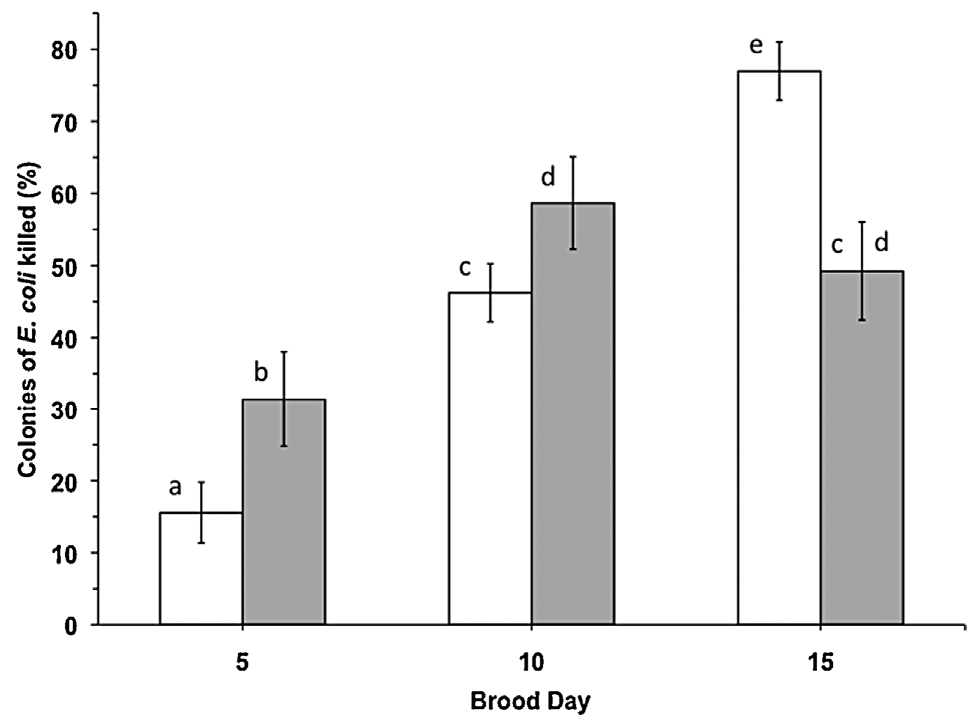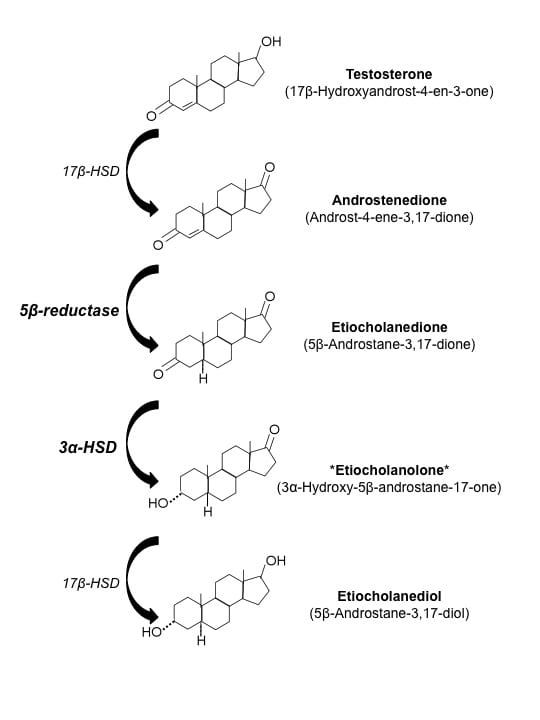
The lab’s research falls into several broad and overlapping areas of investigation:
• Neural and Endocrine Mechanisms Underlying Social Behavior
• Ecological Immunology and Host-Parasite Interactions
• Maternal Effects on Offspring Development
• Developmental Stress
The following are some of the research questions we are currently pursuing in the lab:
How do animals prioritize social communication signals?
In order to function well in social groups, animals must determine which social cues in the environment warrant behavioral responses. We are investigating the role of the mesolimbic dopamine system in encoding the motivational value of social cues, and whether behavioral and endocrine states influence the types of social cues that evoke dopamine signaling in brain areas known to mediate social behavior.

At right: Color plot (top), associated dopamine concentration trace (middle), cyclic voltammogram (inset), and a sound spectrogram of the 55-second male starling song stimulus (bottom). Note the large pulse of extracellular DA near the end of the stimulus playback. This portion of the stimulus exhibits the highest amplitude and is often associated with a wing waving display on the part of singing males (Smith, Garris & Casto, in preparation).
Are blood-feeding ectoparasites developmental stressors?
Parasites can profoundly impact development
because they often compete with hosts for resources that could otherwise be used for growth and maintenance. Blood-feeding mites are commonly associated with cavity-nesting birds, and when present, compete with their hosts for nutritional resources by taking blood meals, in some cases inducing anemia, reduced growth and diminished nestling survival. In addition to reducing nesting growth through blood loss, ectoparasites may also alter other energetically expensive processes such as immune function. Using manipulative field studies, we are investigating the effects of ectoparasites on nestling and adult phenotypes.

At right: Mean percentage (±SE) of E. coli colonies killed by plasma from brood day 5, 10, and 15 nestlings raised in nests with high (filled bars) and low (unfilled bars) mite loads. Bars with differing superscript letters indicate ages or mite load categories that differed significantly (Pryor & Casto, 2015).
How do hormones of maternal origin, that are transferred to eggs prior to laying, influence offspring phenotype?
Maternally derived steroid hormones present in egg yolk have undeniable influences on offspring development; however, the mechanisms through which these hormones exert their action is presently unknown. We study the role of enzymatic metabolism in mediating the effects of these hormones, and whether factors that modulate enzyme action alter phenotypic effects of yolk hormones on development.

At right: Phase I metabolism of testosterone to etiocholanediol. Asterisks denote major metabolites of testosterone identified in starling eggs (Paitz, Bowden & Casto, 2011).